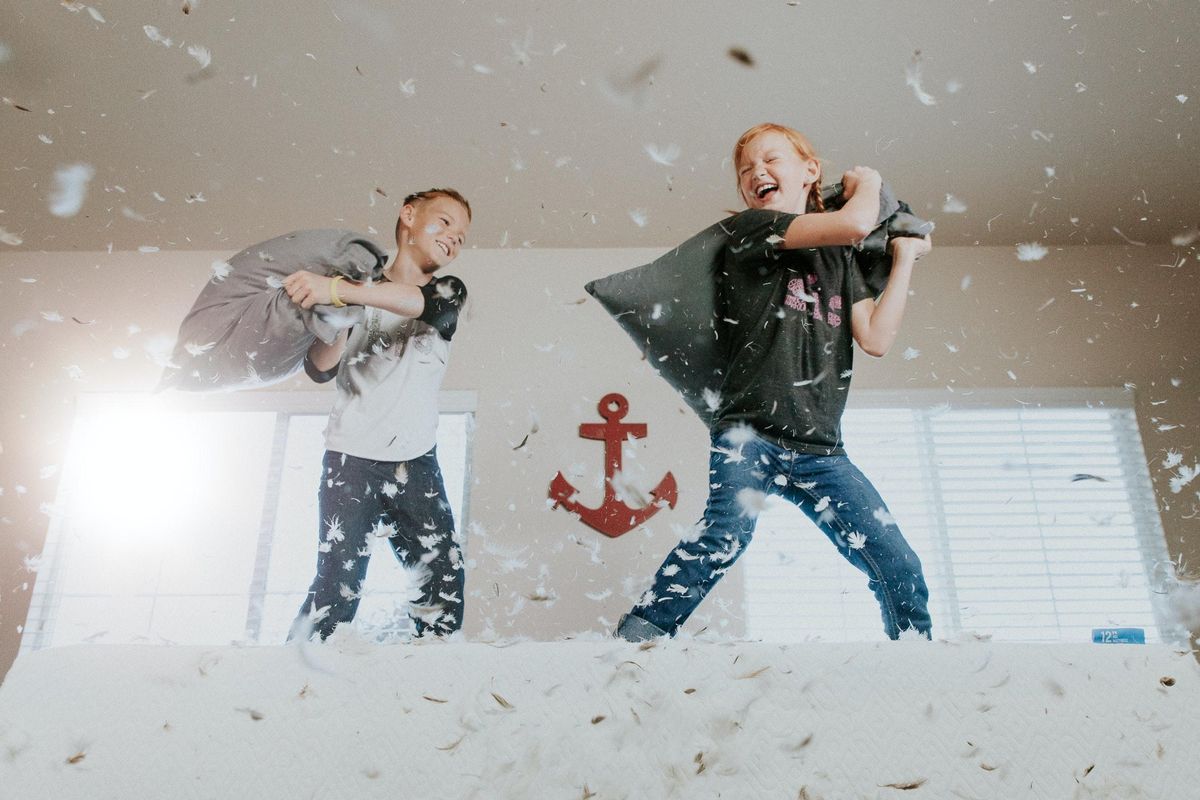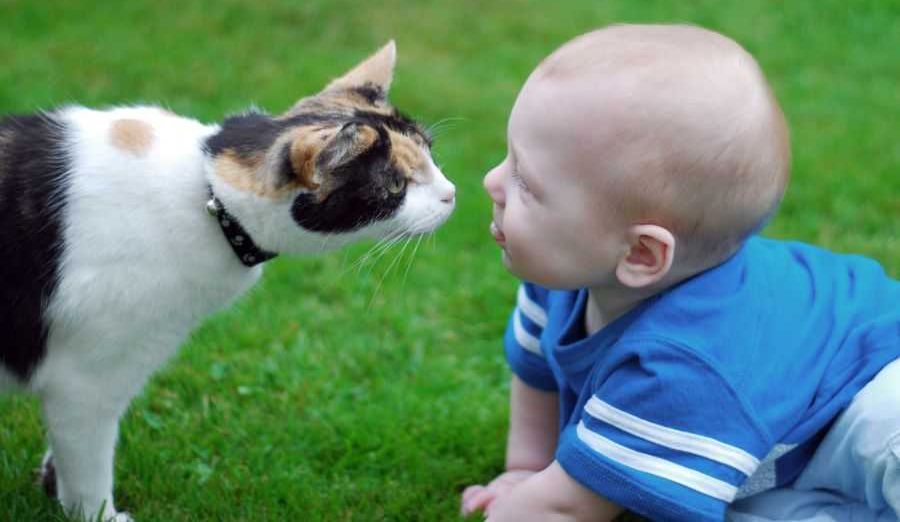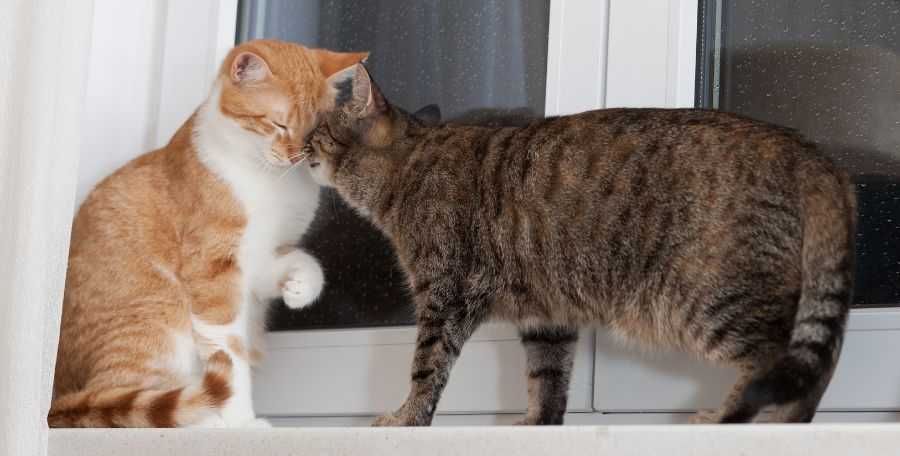Parents share hilariously relatable photos before and after they had kids.
You'll truly never be the same again.

The daily lives of parents, #Tuesday.
When dad and blogger Mike Julianelle compared a photo of himself to a photo from 10 years ago, he noticed a big difference.
Yes, he looked a little older — after all, a decade had gone by. But there was something else: a deep, deep look of utter exhaustion.
Life has a way of asking a lot of us. How we cope and manage the moments at work, our personal goals, the friendships, and our loved ones.
All these daily routines navigated that bring the best and ask the most. But what was that other thing which had changed over those 10 years?
Julianelle had two kids.
You've probably seen all sorts of before and after concepts on your social media feeds. If you missed this one, you'll see why they all became a "thing."
When he posted the side-by-side comparison on Instagram, it was an instant hit. So he invited other parents to share their own "before and afters."
The results were hilarious and oddly inspiring. They also revealed a bunch of important truths about what happens to you when you become a parent.
Like...
After kids, a blanket becomes your favorite outfit.
You are frequently at risk of getting accidentally walloped in the nose.
Your glasses become a favorite toy.
So does your entire face, actually.
When your baby decides to take a nap, thou shalt not move.
Alcohol can go from an indulgence to a necessity.
Did we mention you'll be tired? Like really, really tired?
Most days, doing your best is all you can really do.
But, at the end of those days, it'll all be worth it (at least, most of the time).
The project went viral, with Julianelle receiving hundreds of submissions from other parents via Instagram.
While not everyone has been brave enough to publicly share their no-sleep, just-got-barfed-on selfies with him, Julianelle says the response has been hugely positive.
"I hope people take away a few laughs and a little solidarity," he writes in an email. "Parenting is awesome but it also sucks and there shouldn't be any shame in admitting that."
And as the photos show, he's absolutely right. Parenting is hard but rewarding work, at its best. It's also exhausting, frustrating, frightening, and anxiety-inducing.
Julianelle sums it up perfectly in an interview with Huffington Post: "Kids are the worst best thing that's ever happened to us. If we don’t laugh about the havoc they wreak we'd have to cry instead."
You can see more hilarious before and afters over on the Got Toddlered Instagram account.
- Mother recreates iconic 'Toy Story 3' moment to celebrate her child going off to college. - Upworthy ›
- The 'Molice' on TikTok is here to help you parent your kids - Upworthy ›
- Mom thinks charity event is a party for a child named Jésus - Upworthy ›
- Little girl is afraid her mom is from outer space - Upworthy ›
- 77 percent of Gen X want to live in the pre-internet years - Upworthy ›
- Dad tells child their mom has rabies in funny misunderstanding - Upworthy ›
- New study from psychologists say humor is the key to good parenting - Upworthy ›
- Gen Zer asks Gen X how they got around without GPS and the replies are pure nostalgia - Upworthy ›



 Gary Smalley and John Trent's personality test
Gary Smalley and John Trent's personality test A lion roams.
A lion roams.  An otter is surprised.
An otter is surprised.  Beaver enjoying a snack.
Beaver enjoying a snack.  Golden Retriever adorably looks up.
Golden Retriever adorably looks up. 
 Curious cat and baby share a gentle moment on the grass.
Curious cat and baby share a gentle moment on the grass. Feline friends sharing a tender moment by the window.
Feline friends sharing a tender moment by the window. A sweet moment shared with a fluffy friend.
A sweet moment shared with a fluffy friend. A group of people sit around talkingCanva
A group of people sit around talkingCanva An older couple relaxes at homeCanva
An older couple relaxes at homeCanva  Gif from "The Office" via
Gif from "The Office" via  A woman sits alone in a fieldCanva
A woman sits alone in a fieldCanva An elderly man jogging happilyCanva
An elderly man jogging happilyCanva